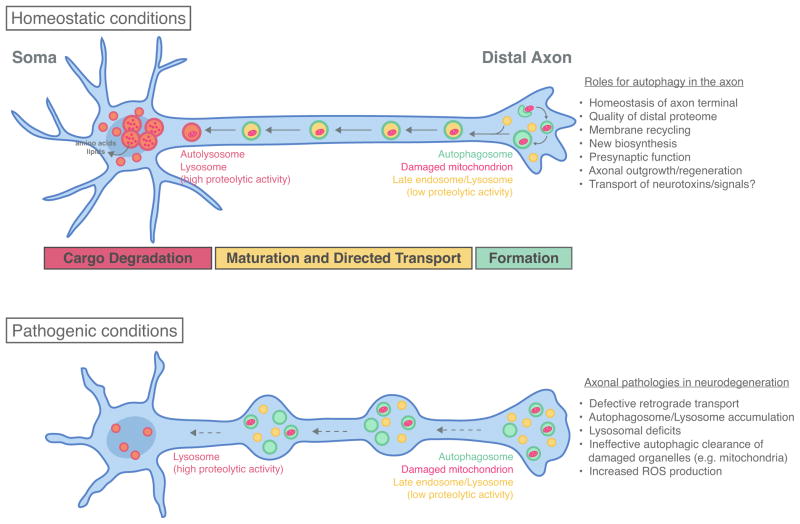Figure 2. Model for neuronal autophagy in the axon under homeostatic versus pathogenic conditions.
Under homeostatic conditions, autophagosome formation is enriched in the distal axon. Autophagosomes then undergo retrograde transport toward the soma. As autophagosomes move toward the soma, they mature into degradative autolysosomes. The various roles for autophagy in axonal function are listed. Under pathogenic conditions, defects in retrograde transport likely impair maturation of lysosomes and autophagosomes, resulting in an accumulation of dysfunctional organelles within dystrophic axons. Failed clearance of proteotoxins such as damaged mitochondria leads to increased ROS production and axon degeneration.

